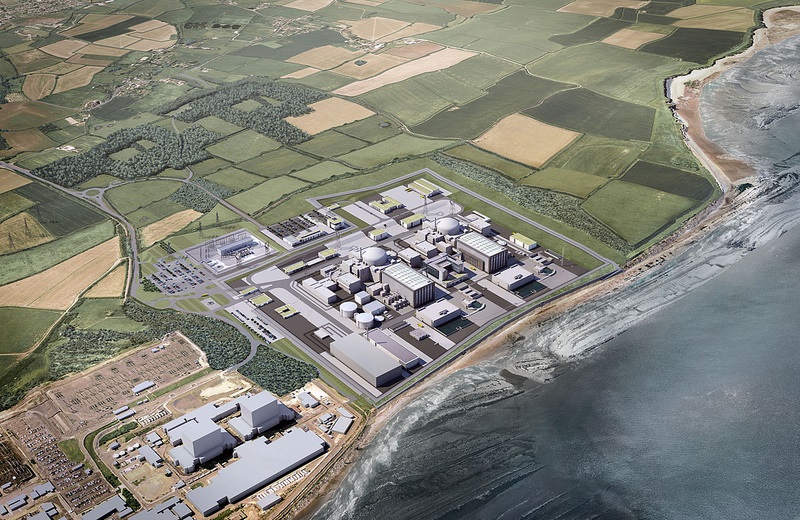
The UK government has approved the controversial Hinkley Point C nuclear power plant after months of intense speculation over its future.
The project, which will see a 4GW nuclear reactor built in Somerset by EDF, has been continually beset by delays and controversies. Senior EDF employees and board members have resigned over the energy company’s pursuit of the project.
EDF’s board finally approved the project in late July, only to see the new Theresa May-led government announce that it needed additional time to consult on the deal’s specifics.
Business and energy secretary Greg Clark confirmed during Tuesday’s oral questions session that a decision would be made later this month, and this morning a BEIS statement said that following a “comprehensive review” of the project, a revised agreement with EDF had been reached.
“Having thoroughly reviewed the proposal for Hinkley Point C, we will introduce a series of measures to enhance security and will ensure Hinkley cannot change hands without the government’s agreement. Consequently, we have decided to proceed with the first new nuclear power station for a generation.
“Britain needs to upgrade its supplies of energy, and we have always been clear that nuclear is an important part of ensuring our future low-carbon energy security,” Clark said.
However the revised agreement has not seen any amendment to the £92.50/MWh strike price despite speculation linking the government with a renegotiation.
Instead the new agreement will see a new legal framework regarding critical infrastructure imposed allowing the government to prevent EDF from selling its controlling stake in the project prior to its completion without first receiving UK government approval.
All future projects will see the government take a special share in them to ensure the same.
Hinkley’s approval comes despite intense, continuing criticism at the costs involved. It is now expected to cost as much as £18 billion to build, and the implications of falling wholesale prices on the amount paid for the plant by consumers has also been scrutinised.
The Contracts for Difference mechanism is structured so that the difference between the wholesale price at the time of generation and the strike price is paid for by levies attached to consumer bills. A recent National Audit Office report concluded that the cost of subsidy for Hinkley Point C had increased almost five-fold to around £29 billion.
Speaking to The Huffington Post earlier this week, New Economics Forum’s David Powell said that solar could provide the same amount of power at half the cost to tax payers.
He echoed sentiments raised by Lightsource chief executive Nick Boyle, who at last week’s Scottish Renewables conference said that his company could deliver solar-plus-storage solutions that would provide the same amount of generation as Hinkley at the same strike price, and have them built significantly sooner.
Meanwhile, criticism has also poured in from green campaigners. Friends of the Earth’s Simon Bullock said the approval was the “blatantly wrong decision”.
“Hinkley is a project from a dying era, which would saddle Britons with eye-watering costs for decades, and radioactive waste for millenia.
“Renewables, smart grids and energy storage are the fleet-footed mammals racing past this stumbling, inflexible nuclear dinosaur,” he added.
However Richard Black, director at the Energy and Climate Intelligence Unit, suggested that there was still some way to go before the project would be officially sanctioned.
“French trade unions don’t like it, nor do some of the likely candidates for the French Presidential Election next year, EDF’s finances are not the healthiest, and the French nuclear regulator is examining flaws in steel used for a similar reactor being built in France. So it may turn out not to be quite as ‘final’ as it looks now,” Black said.
